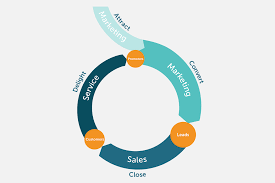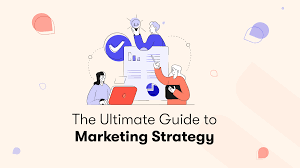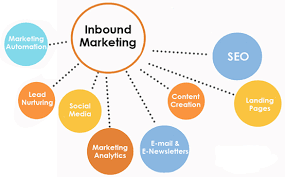Companies often find the Delight stage the most difficult concept to implement. Many companies believe that the customer becomes the end of the journey. However, this is incorrect. Customers are your most loyal advocates, so it is essential to create a content strategy for them. Happy customers will recommend you to other prospects. Unhappy customers will refer others to you. Inbound marketing’s Delight stage allows you to keep in touch with customers through valuable content that is customer-focused. It also provides seamless channels for customers to reach out to you with any questions or concerns.
These are the tools you can use at the Delight stage.
- Email Marketing Keep your customers informed by email every so often. Keep them updated with new product information, service offerings, and relevant content. You can even send them a quarterly newsletter.
- To automate onboarding for new customers, you can use marketing automation. Marketing automation is a great tool if your product is SaaS and you want your customers to use your tool. You can also connect them with a Customer Success Manager to help them. Additionally, you can send them automated emails with reminders and tips to keep them interested during this first window of their customer journey.
- Personalized Website Content: When you use a CMS like HubSpot to build your website, you can make content that is only available to customers. You might want to share certain content with customers but not with prospects. You can personalize your website to deliver unique content to your customers and keep them interested.
- ChatBots or Live Chat: In a similar way to the previous, customers can customize their chat experience if they use a chat tool that integrates with their CRM. This technology can connect customers with the right team quicker and provide exclusive content for customers through the automated chatbot experience.
- If your video content is great, you might consider creating videos exclusively for customers. These videos could include tips videos and training videos. These would be content that you wouldn’t share with prospects. However, your customers can access more detailed content.
- Customer Ticketing system: Think about how you are serving your customers when they have questions or need to submit support tickets. To automate your customer’s process of submitting questions to your support team and how you assign tickets internally to help your customers get their questions answered quicker, use a customer ticketing system.
- Surveys To determine what areas of your business deliver the best customer service, it’s important to survey customers. A simple Net Promoter Score survey can do this. You can also set up a survey with a few questions to get more detailed feedback. You can then automate the survey responses and send them to the right team based on the customer’s responsibility.
The Delight stage is about making it easy for customers to communicate with your company and share your content with others. You make your customers happy and allow them to share their stories about your products and services with friends and family. This will help you grow your brand organically via referrals.









